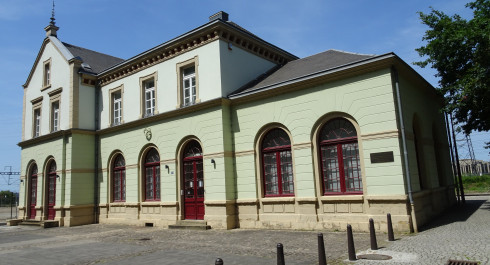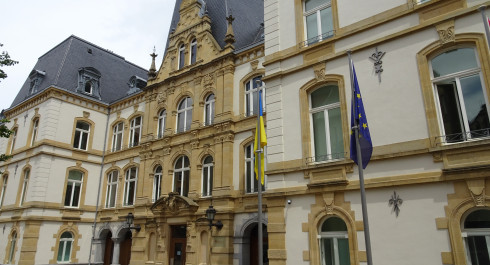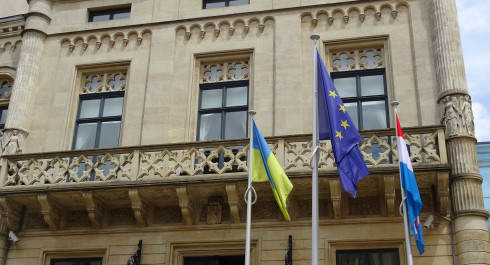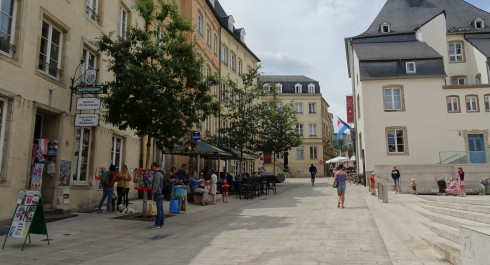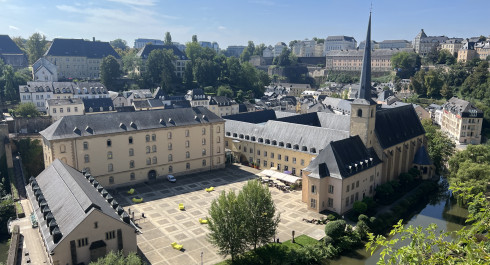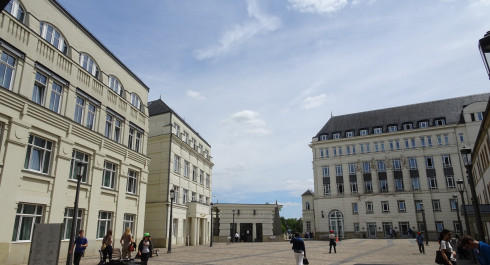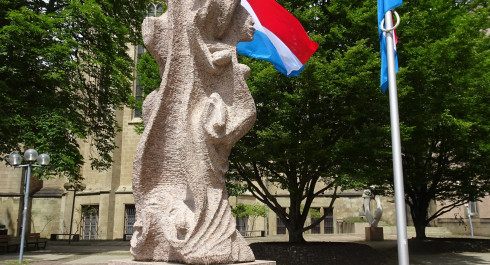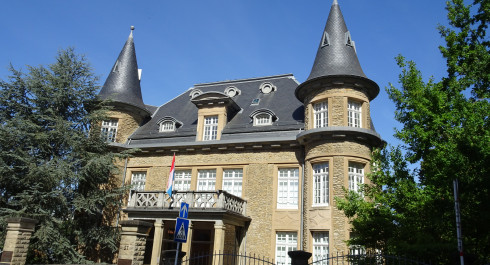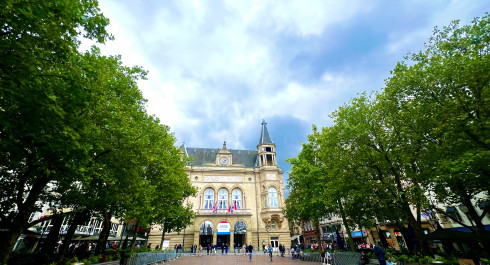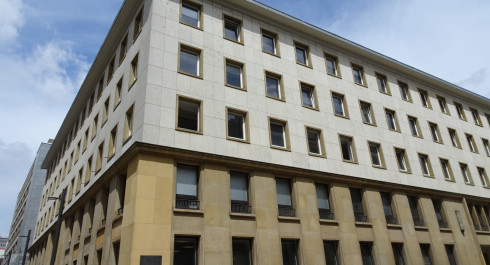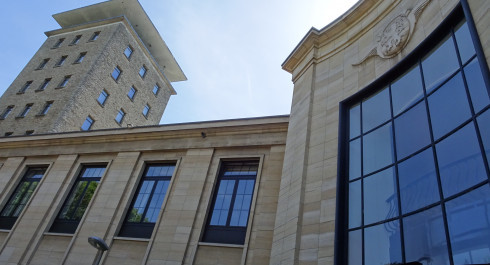
13. Villa Louvigny
13. Villa Louvigny
The bulwark situated in the municipal park today was part of the fortress erected in 1672 and given the name of the Spanish general and commander at the time ‘Louvigny’.
The declaration of Luxembourg’s neutrality in 1867 led to the razing of numerous military installations of which the bulwark was as part. Buildings that remained were publicly auctioned off. Initially, the rifle club used it as its clubhouse. Later it functioned as an inn which soon became a popular location for concerts, plays and exhibitions. This is where the name ‘Villa Louvigny’ has its origin.
In 1931, the first private European radio station, the ‘Compagnie luxembourgeoise de Radiodiffusion’, rented the building and installed its recording and broadcasting studios.
The German ‘Wehrmacht’ occupied the Villa during World War II and the technical facilities became part of the German ‘Reichsradio’ and used for diffusing Nazi propaganda.
When the German troops were pulled out in September 1944, they attempted to destroy the entire installation to prevent the allied forces from being able to use them. However, the American technicians quickly repaired the technical system. It was then used by the BBC and the Office of War Information to diffuse false information in order to demoralise German listeners and above all the ‘Wehrmacht’ soldiers.
The Luxembourg Radio Company took over the radio transmitter in November 1945 and began the transmission of the national program which delighted a growing number of listeners.
After the company decided to create television programming in 1955, it was renamed ‘Radio-Télé-Luxembourg’, abbreviated to RTL. The Villa Louvigny remained the headquarters of the RTL Group till it moved to Kirchberg. Presently, RTL comprises 54 TV channels and 27 radio stations, and is Europe’s leading entertainment company.
In 1998, the Luxembourg government bought the Villa Louvigny to house the Ministry of Health where its administration offices remained until July 2022.
Interesting Detail
After the allied forces took over the broadcaster, they specifically aired false reports in order to demoralise German listeners. In addition, amusing rumours were circulated in the name of a fictitious person called Tom Jones to denigrate the Nazi-Regime. Here a few examples:
‘In the good old days, you could go to the station, but miss the train. Nowadays you can go to catch a train, but the station is gone.’
‘Why did grandfather join the German Territorial Army?’ asked one grandchild. ‘Because nobody else would look after him since grandmother joined the Air Force.’
Significance for Human Rights
For almost fifty years, the Villa Louvigny has been the location from where music and news were broadcast to numerous European countries. RTL was not just a source of entertainment for listeners, but the broadcaster also endeavoured to inform independently on national and international events. The programmes broadcast from the Villa Louvigny have helped to strengthen freedom of opinion and the protection of human rights.
Article 19
Everyone has the right to freedom of opinion and expression.
Article 26
Everyone has the right to education.
Article 27
Everyone has the right to participate in and enjoy culture, art and science.

